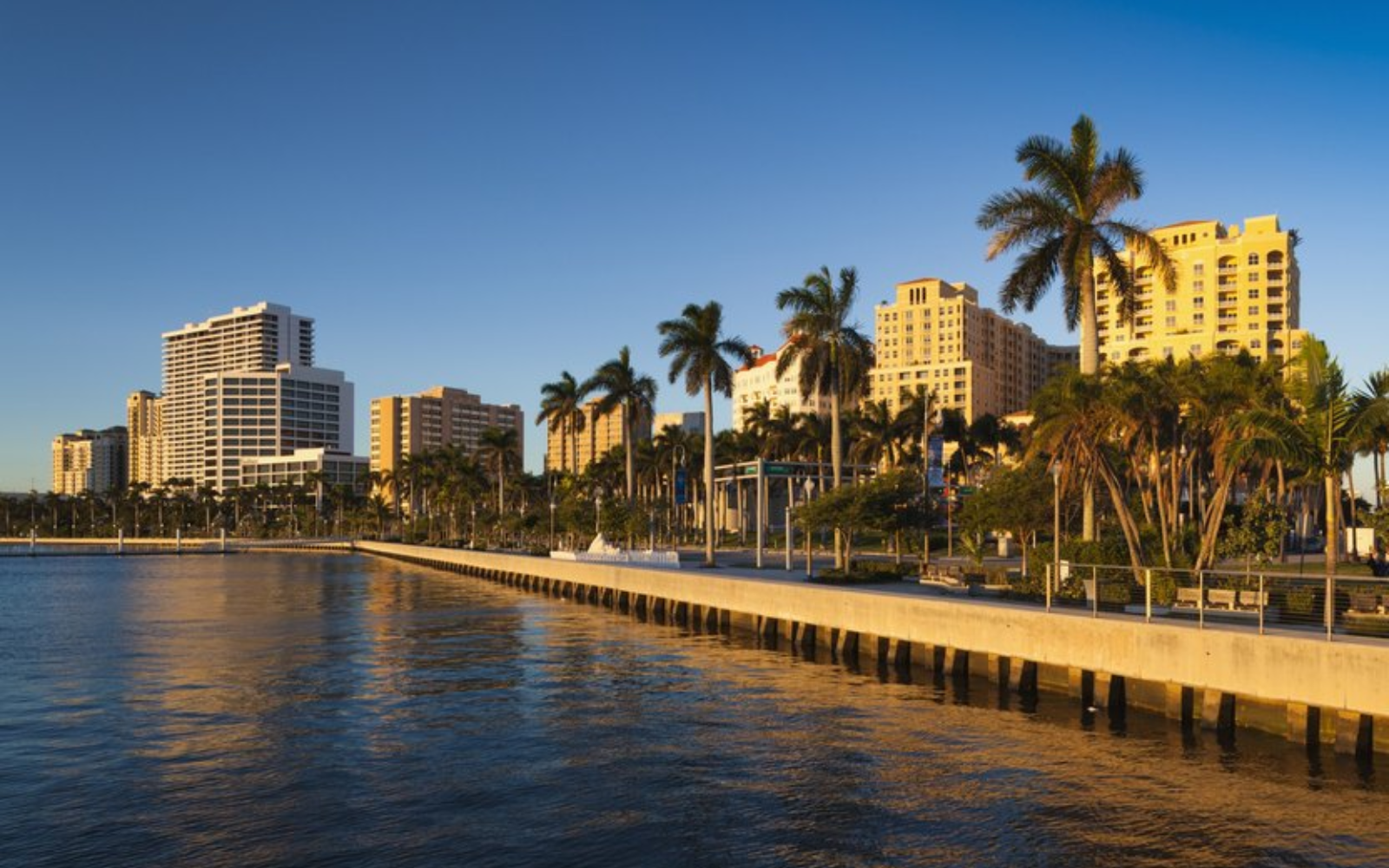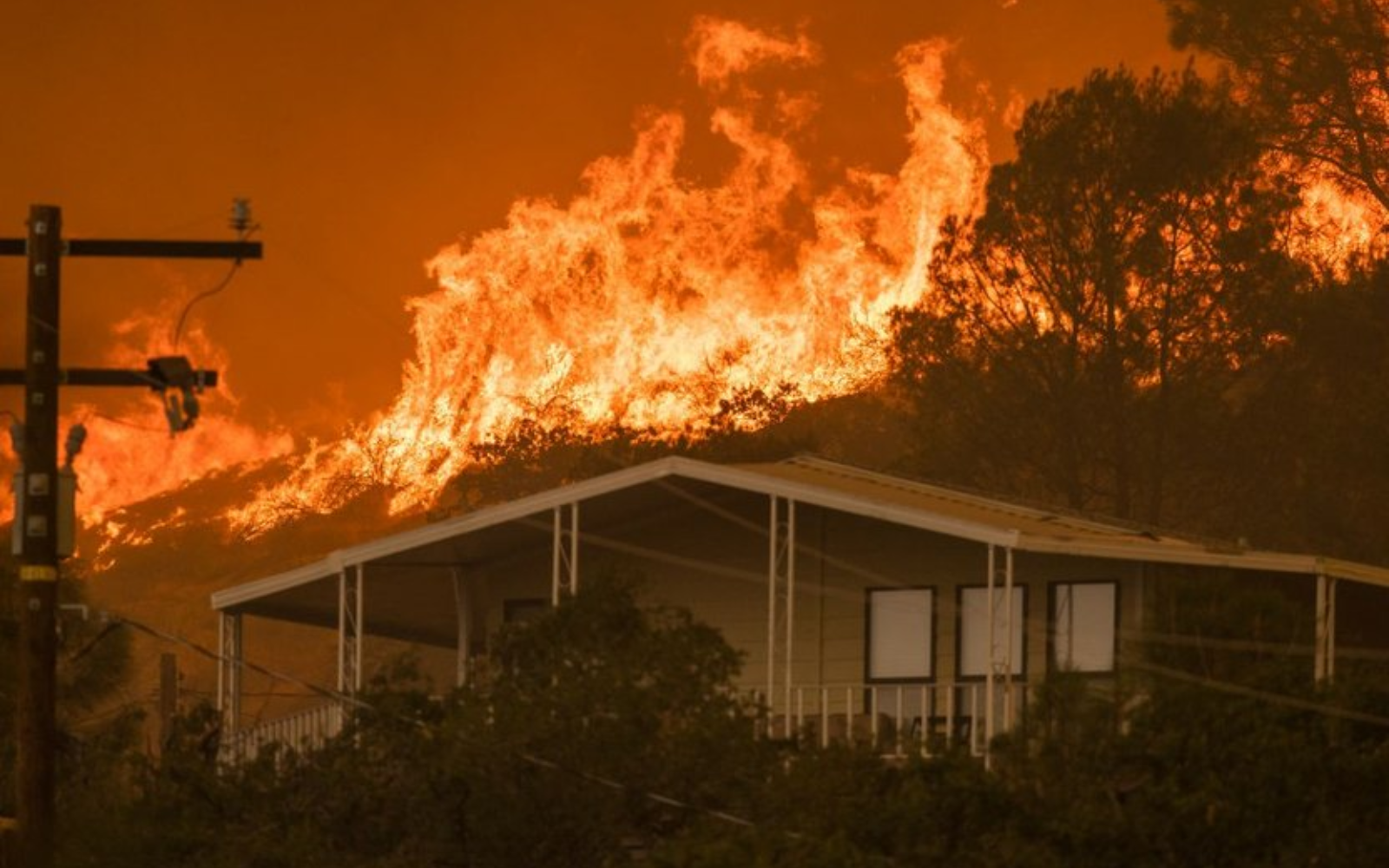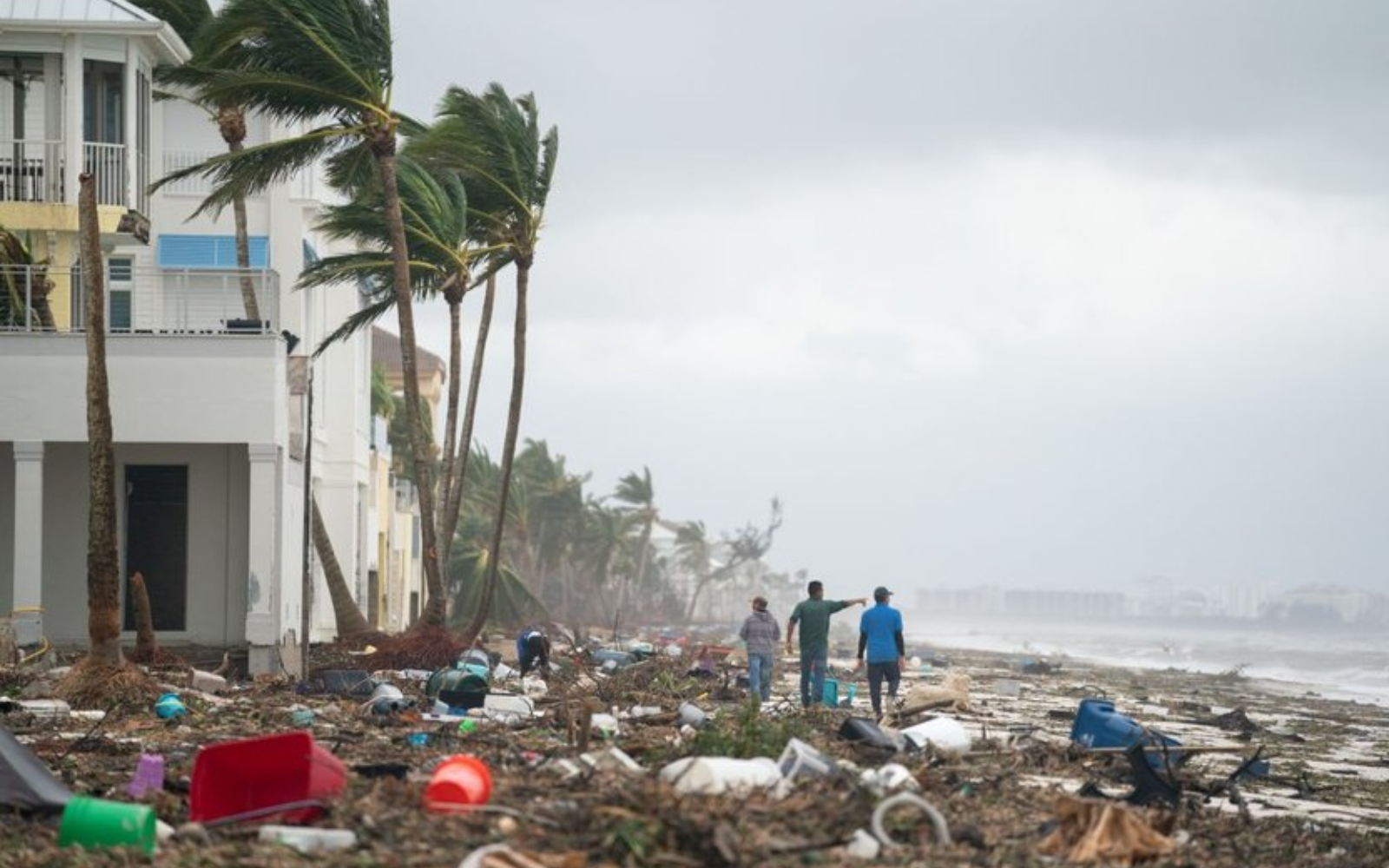Soaring Insurance Costs Could Force House Prices To Fall—and Some Homeowners To Forgo Coverage
By Clare Trapasso | realtor.com
When Palm Beach County Commissioner Gregg Weiss learned his windstorm insurance was doubling to $20,000 a year, his insurance agent had an unexpected solution: Pay off the mortgage on his West Palm Peach, FL, home and drop the insurance entirely.
So, two years ago, he did just that. He figured his century-old home had survived “numerous” hurricanes. The money he saved on the insurance was used instead for a new roof. He also installed impact windows in the three-bedroom home, which is located about a mile from the shore.
“It felt terrible. … [But] it just didn’t make sense anymore,” says Weiss, who is also a former mayor. “When you look at the cost-benefit analysis, I couldn’t justify the cost of that insurance anymore.”
He continues to pay his regular insurance policy.
In the past few years, insurance companies have been increasing homeowners’ premiums, dropping longtime customers, and exiting risky parts of the country entirely as climate risks and their potential losses grow due to disasters like flooding, wildfires, and hurricanes.
That has forced homeowners such as Weiss to make tough choices, such as accepting the risks if they drop their insurance coverage, paying higher premiums, or moving to lower-cost areas. (Most homeowners with a mortgage are required to have insurance, which they can drop once their loans are paid off.)
High insurance premiums are already affecting the housing markets of the most affected areas, which continue to attract new residents often due to their natural beauty.
Homes might sit on the market for longer, prices are being forced down, and deals are falling apart. And it’s expected to only get worse as communities continue to grapple with increasing climate risks and insurance premiums. These forces are likely to contribute to where people live and what happens to the communities they leave behind.
Almost half of the homes in the country are at risk of severe or extreme damage from environmental threats, affecting nearly $22 trillion in real estate, according to a recent Realtor.com® report.
“It’s making it much more expensive to live here than it was just a few years ago,” says Weiss. “It causes a lot of stress.”
Last month, State Farm said it would discontinue offering coverage for 72,000 houses and apartments in the wildfire-prone state of California beginning in the summer. This comes less than a year after it stopped issuing new home insurance policies in the state.
The news follows Farmers Insurance announcing last summer that it wouldn’t be offering any home, auto, or umbrella policies in the state of Florida. This affected about 100,000 customers.
If these homeowners can’t find other insurance plans, they will be forced to move onto the state plans of last resort that cover the customers that private insurers find too risky. This can often be expensive and homeowners might have to pick up additional plans to cover any gaps, especially if their mortgage lenders require the extra coverage. Some will go without insurance.
About 12% of homeowners did not purchase homeowners insurance, according to a 2023 report from the Insurance Information Institute and Munich Reinsurance America.
“The biggest challenge is lots of people have made decisions based on where to live and what properties to buy based on existing insurance policies,” says Benjamin Collier, a risk management and insurance professor at Temple University in Philadelphia. “When you change the costs, people get hurt.”
Nationally, insurance premiums rose 11.3% in 2023 and shot up 33.8% from 2018 to 2023, according to S&P Global Market Intelligence.
“In certain regions, the surge in insurance costs has been staggering, nearly tripling within a span of just a few years,” says Jenny Lenz, managing director of Dolly Lenz Real Estate. “This sharp rise is placing immense strain on the budgets of homebuyers, with some even being forced to withdraw entirely due to insurance premiums becoming simply unmanageable or unattainable.”
How much could home prices be affected by higher insurance premiums?
Estimates vary on how much home prices could be affected by climate risk and higher insurance costs.
If home insurance premiums were expected to rise 20% annually for the next 20 years, home prices could fall as much as 10%, according to a recent report from S&P Global Market Intelligence.
Homes at risk of flooding could face even deeper price reductions. For every $1 increase in someone’s flood insurance premium, their home value falls by $41, says Shan Ge, a finance professor at New York University. In areas with high sea level risk, that $1 increase translates into a $250 home value decline. Home price appreciation also falls.
“If premiums go up by $100, home values go down by $4,100 for homes not exposed to sea level rise and by $25,000 for homes that are exposed to sea level rise,” says Ge. She was one of the authors of an academic paper that looked at how the increases in the National Flood Insurance Program premiums affected home prices.
More people are beginning to take the threat of a 100-year storm more seriously as insurance premiums rise, says Ge. Just a few years ago, the threat of a natural disaster striking their property might have seemed improbable or a problem for the distant future. But higher insurance costs that better measure their risks are hitting their budgets today.
The higher insurance costs haven’t pushed home prices down by too much—yet. With so few homes available on the market, buyers and investors are keeping prices high, even for homes in risky areas. However, experts believe it’s only a matter of time before that changes.
“In some areas, homes that are legitimately in a high-risk area, they begin to sit on the market longer. Ultimately, you begin to see discounting,” says Jesse Keenan, a sustainable real estate and urban planning professor at Tulane University in New Orleans.
The discounts are just due to higher insurance premiums. Homebuyers are also weighing the likelihood of future damages.
Higher insurance premiums are hurting home sales in some areas
Already, some homebuyers are having trouble qualifying for mortgages or are backing out of deals due to higher insurance costs, says Joe Uzee, president of the mortgage division of Gulf Coast Bank & Trust. It has 20 branches in Louisiana, a state that has been ravaged by hurricanes.
About 30% to 40% of the deals he sees in his state fall apart after someone who is under contract to purchase a home gets insurance quotes.
“They may say the insurance premium is making this payment unaffordable,” says Uzee. “It could certainly hinder a seller’s ability to sell a house.”
About 90% of Florida investors missed out on at least one deal because of insurance issues, says Rick Sharga, CEO of CJ Patrick Co., a real estate and mortgage intelligence firm. They couldn’t get insurance or couldn’t afford it for a property they wanted.
He’s personally experienced the troubles with rising insurance premiums. His insurer canceled the policy on his Orange County, CA, home due to wildfire risk. This pushed him into the state’s FAIR plan (the insurer of last resort), and he purchased an additional plan to go with it. He’s paying twice as much as he was just two years ago.
Experts say that eventually only the very wealthy and investors may be able to afford homes along the storm-prone coasts and wildfire-prone parts of the West. Everyone else, including retirees on fixed incomes, might move to nearby inland or safer counties—if they can afford to do so.
“Lower-income and middle-income people will find it increasingly challenging to live in these areas,” says Dave Jones, the director of the Climate Risk Initiative at the Center for Law, Energy, and the Environment at the University of California, Berkeley School of Law. He is also the former insurance commissioner for the state of California. “Some wealthier people and investors will move in behind those who are moving out.”
Many of the people moving to flood zones along the nation’s scenic coastlines are indeed wealthier individuals, says Parinitha Sastry, a finance professor at Columbia University in New York City.
“If people want to rebuild and retain their communities, I’m for that,” she says. However, “people who can’t afford to bear the disaster losses shouldn’t be in those areas. It’s going to wipe them out.”
Insurance premiums are often artificially low for the riskiest homes
As high as insurance costs are, they’re often artificially low for the riskiest homes.
Prices have been driven up in recent years due to rising climate risks, more people moving to vulnerable parts of the country (such as Florida), inflation increasing the costs to rebuild after a disaster, and reinsurance companies, which insure the insurance companies. When reinsurers increase their prices, those costs get passed on to policyholders.
However, federal and state governments have been trying to keep prices in check so as not to hurt homeowners or destroy communities.
For example, the federally run National Flood Insurance Program, which provides flood insurance to homeowners, has capped increases to 18% a year for most policyholders. Critics have said that this keeps premiums lower for the highest-risk properties, but requires less vulnerable property owners to pay more to spread out the risk.
In addition, each state has an insurance commissioner, many of whom must approve rate increases before insurers hike premiums. That can become a standoff in some states where each side is waiting for the other to blink first.
The result is insurance companies are pulling out of the riskiest areas, pushing homeowners into the state insurance plans.
One potential solution is to build more resilient homes that can withstand natural disasters, says Lars Powell, director of the Alabama Center for Insurance Information and Research at the University of Alabama in Tuscaloosa.
“That has to be the future,” says Powell. “Or only the rich people will live on the coast because only they can afford the insurance or afford not to have insurance.”






